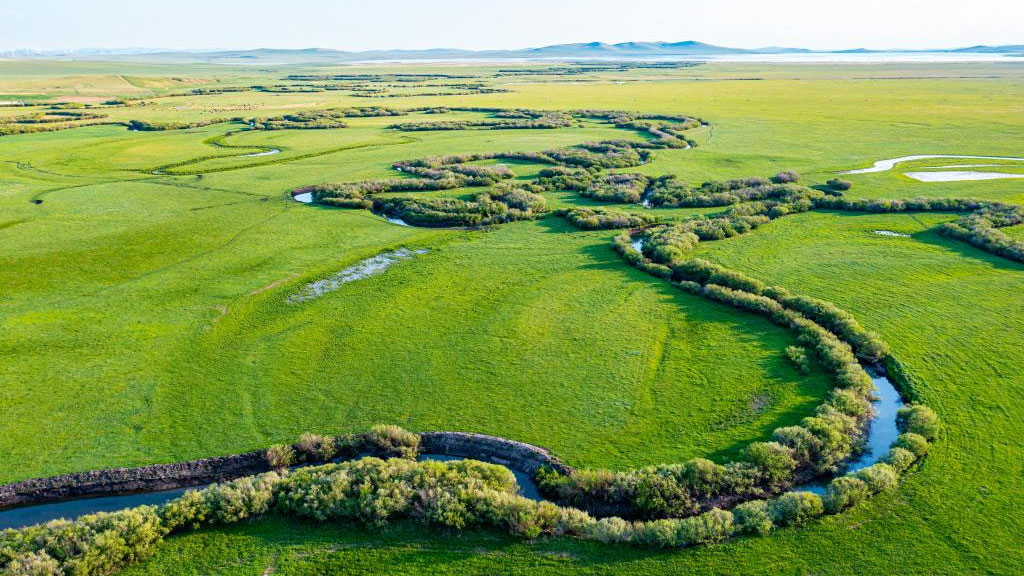Extending "green Great Wall" in north China
HOHHOT, June 17 (Xinhua) -- Bao Xiulan and her husband cannot remember how many trees they have planted over the past 30 years. New trees have very often been buried by sand or uprooted by strong winds -- but the couple have never stopped planting.
Over the years, they have successfully greened nearly 30,000 mu (2,000 hectares) on the southern edge of the Horqin Sandy Land, China's largest sand area that is not classified as a desert.
The green belt, although only a small dot on the map of north China, forms a link in the Three-North Shelterbelt Forest Program (TSFP), China's massive afforestation and desertification prevention and control program.
Horqin stretches over 77.6 million mu and straddles three provincial-level regions in north China: Inner Mongolia, Jilin and Liaoning.
Thirty years ago, when Bao was 20 and married to her husband, she arrived at Bogt Village in Naiman Banner, Inner Mongolia, for the first time.
There were barely 30 families in the village at that time. Many houses had walls that were damaged by moving sand dunes. "We raised a cow and sold it by the end of year to buy rice to feed the family," she said, recalling hard years.
Bao said she and her husband have been planting trees because, without afforestation efforts to fight desertification, they could see no hope of protecting their meager crop and grass yields in the sandy land.
With the progress of the TSFP, afforestation work has benefited from increasing financial supports and government subsidies since 2010, attracting more locals to desertification control work, said Bao, who that year contracted a larger sand area and began large-scale mechanized planting.
Bao and her fellow villagers made concerted efforts to protect their land and did not surrender it to the sands. Instead, with improved local ecological conditions, people have begun to seek their fortunes by raising livestock.
There are now more than 3,000 cattle, over 2,000 sheep and more than 300 camels in the village, which has a per capita net income of more than 15,000 yuan (about 2,094.7 U.S. dollars) a year.
Launched in 1978 and scheduled to be completed in 2050, the TSFP has already helped safeguard the land inhabited by people like Bao in the northwest, north and northeast of China, and it has led to changes in many villages like Bogt.
The Chinese government aims to develop the TSFP into a fully functional and unbreakable "green Great Wall" and ecological security barrier in northern China.
Under the program, an approximate total afforestation area of 31.74 million hectares had been designated and conserved by the end of 2020.
Weather permitting, Bao spends more than two hours every day walking over 10 kilometers through the vegetation that she and her husband have planted.
Beyond the greenery, there is a sand area of 20,000 mu that she and other villagers plan to conquer in the future.
"Together, we will be able to fight this battle to extend the TSFP," she said.
Photos
Related Stories
- Turning deserts into forests: How China is helping the world go green
- County in SW China's Yunnan afforests stony mountains, develops green industries
- A villager's four decades of commitment to afforestation
- China's Inner Mongolia to pool 100 mln yuan for major sandland afforestation
- Inner Mongolia ranks first in China in afforestation
Copyright © 2023 People's Daily Online. All Rights Reserved.









